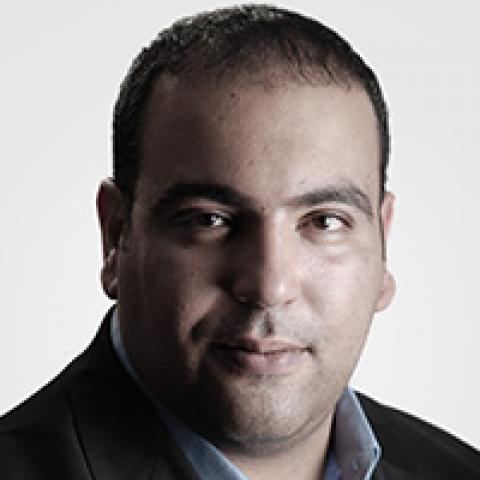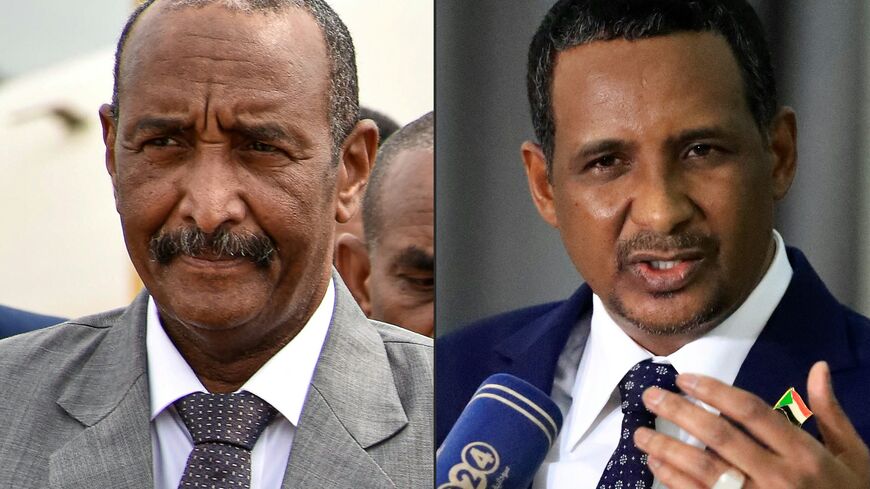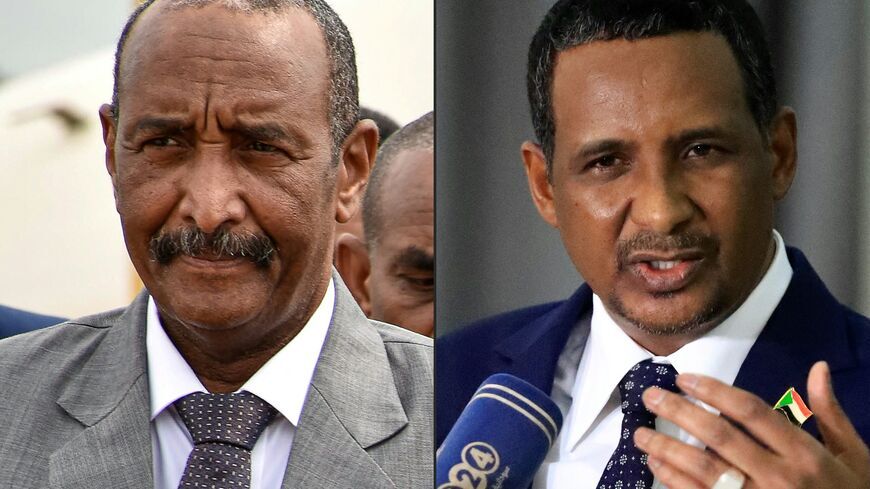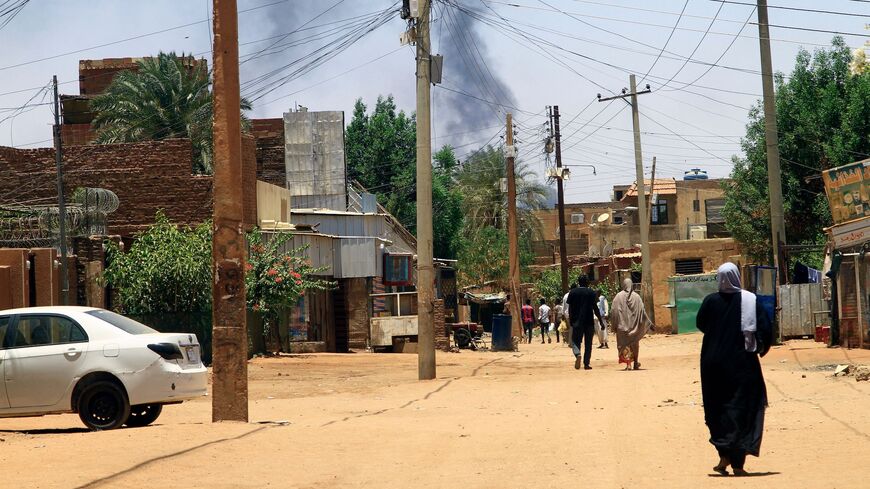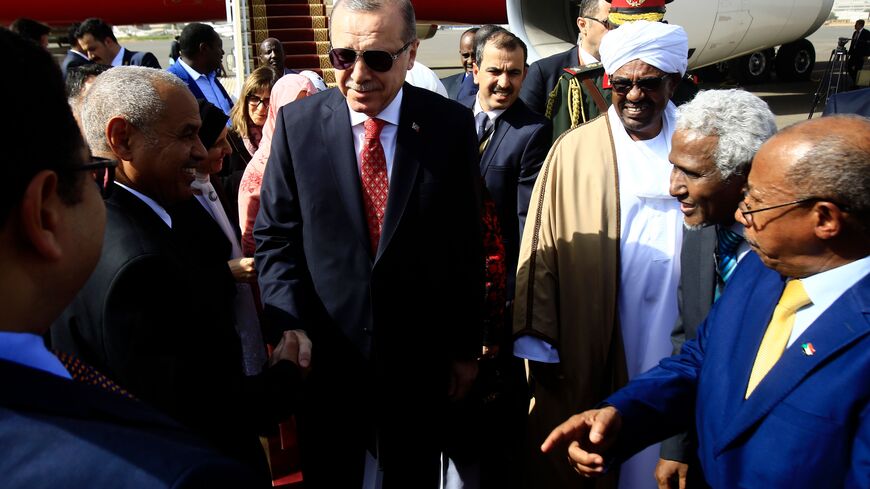Meet Sudan's web of warlords, foreign backers and their tangled alignments
A look at the various players in the fighting that has exploded in Sudan paints a much richer picture than what some call a proxy war.
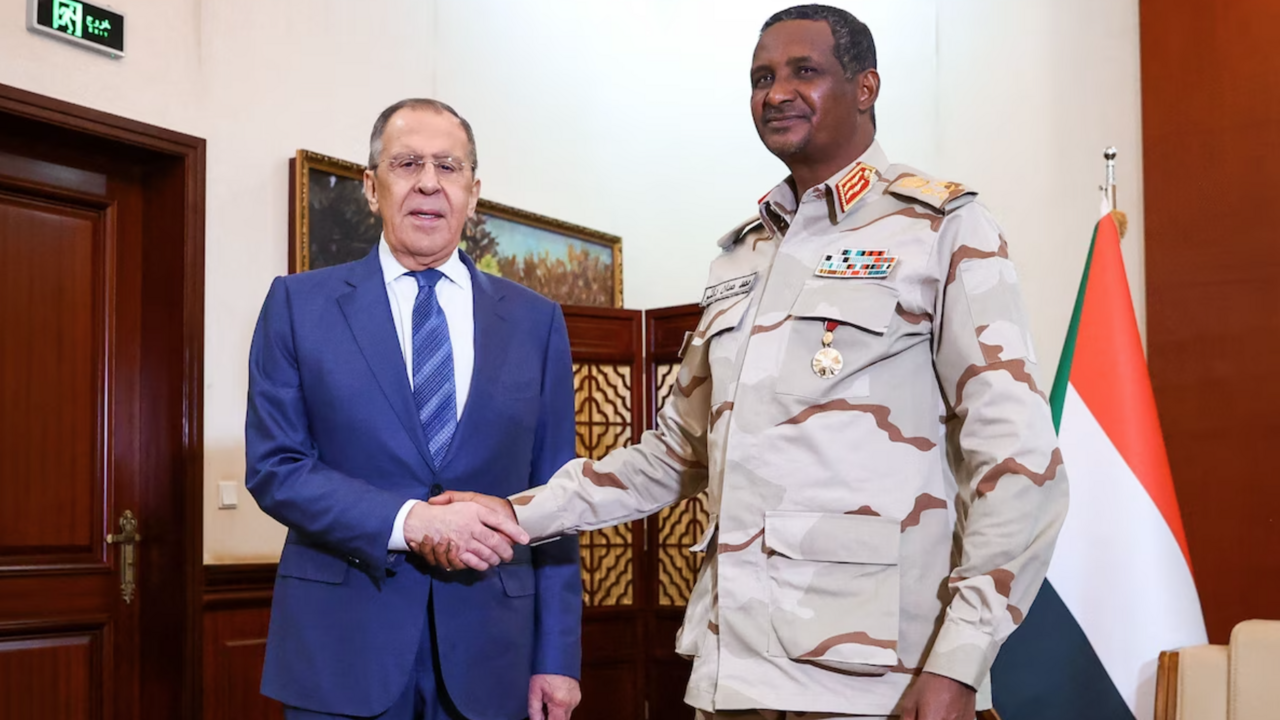
It has been a week since the armed conflict between the Sudan Armed Forces (SAF), under commander Abdelfattah al-Burhan, and the Rapid Support Forces (RSF), under commander Mohammed Dagalo, began all over Sudan.
The conflict, which blew up on April 15, has many underlying factors including mounting pressure on the paramilitary RSF into integrating within the SAF too quickly for the latter’s liking. This pressure radically shifted the conversation on Sudan’s democratic transition from civilian rule, blocked by the military, to preventing another long and destructive Sudanese civil war.
So far, a number of competing narratives have tried to simplify the conflict as a regional proxy war between a historically broke Egypt and the United Arab Emirates, on which Egypt depends for its financial survival for the third time in nine years. Even if Egypt wanted to be, it is not in the financial or physical shape to be a proxy power in an active conflict.
More importantly, referring to the conflict as a regional proxy war is reductive when discussing a country as complex as Sudan. Every war in Sudan thus far has been a multi-level conflict. Here is an attempt to map out all the players and on which side of the conflict they stand:


